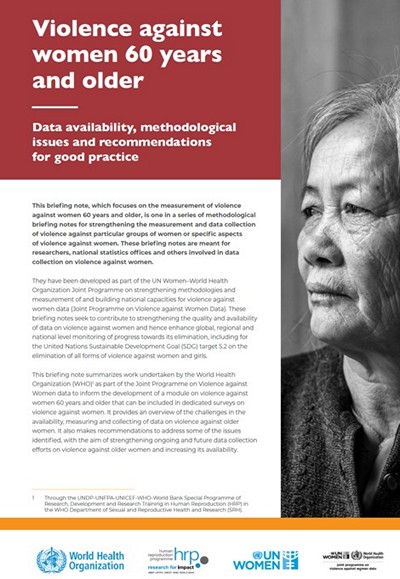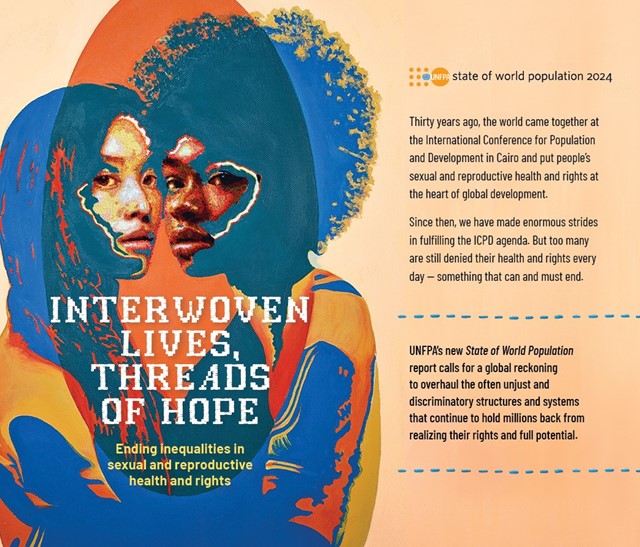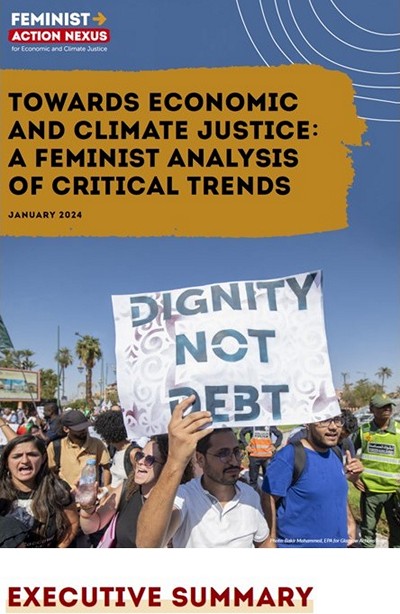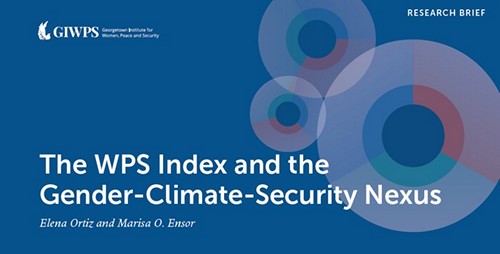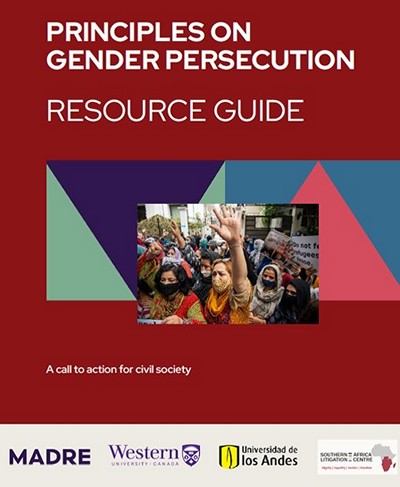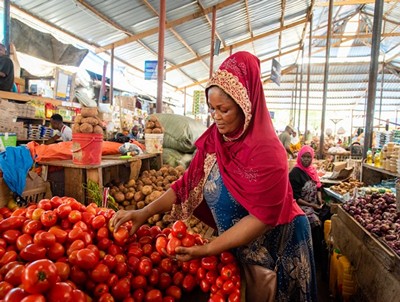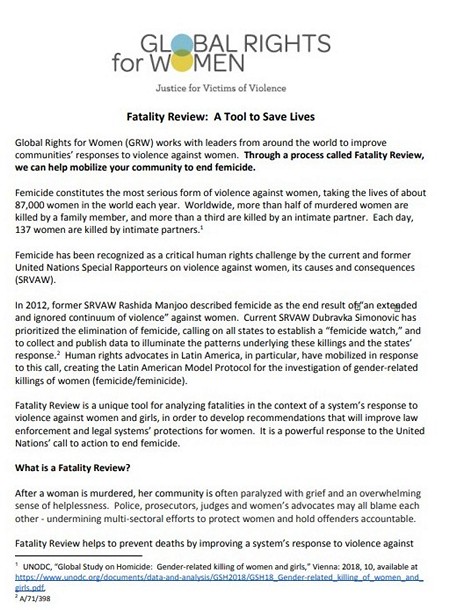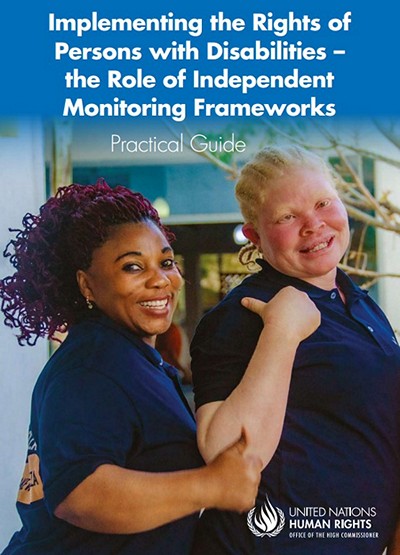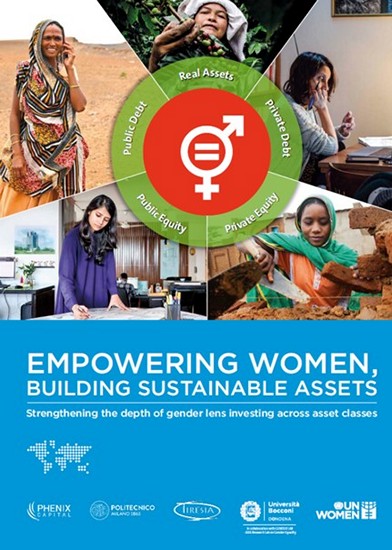Violence Against Women 60 Years & Older
Direct Link to Full 12-Page 2024 Report: https://www.unwomen.org/sites/default/files/2024-03/violence-against-women-60-years-and-older-en.pdf Извор: WUNRN – 18.04.2024
2024 – Ending Inequalities in Sexual & Reproductive Health & Rights
Interwoven Lives, Threads of Hope: the 2024 state of the world population report | Aidos…
Economic & Climate Justice: Feminist Analysis of Trends
Direct Link to Full 40-Page 2024 Report: https://economictrends.wedo.org/wp-content/uploads/2024/02/ActionNexus_CriticalTrendsReport_EN_FINAL.pdf Извор: WUNRN – 16.04.2024
WPS Index & Gender-Climate-Security Nexus
Direct Link to Full 10-Page 2023 Analysis Document: GIWPS-WPS-Index-Climate-Brief.pdf (georgetown.edu) Извор: WUNRN – 08.04.2024
Why Young Men & Women Seem to Be Drifting Apart
illustration: louise zergaeng pomeroy The Economist: Why young men and women are drifting apart (economist.com)…
Principles on Gender Persecution – ICC
Direct Link to Full 10-Page 2024 Reesource Guide: Principles-Resource-Guide_EN_Final-3.4.24.pdf (madre.org) The International Criminal Court (ICC)…
Women Are Key to Global Food Systems
World Economic Forum: Women are key to global food systems. Here's what to know |…
Fatality Review: Tool Against Femicide
Direct Link to Full 7-Page 2024 Publication: Fatality-Review-Long-Information-Sheet.pdf (globalrightsforwomen.org) Извор: WUNRN – 26.03.2024
Implementing Rights of Persons with Disabilities: Guide
Direct Link to Full 52-Page 2023 UN Publication: CRPD-Practical-Guide-web-compressed.pdf (ohchr.org) Извор: WUNRN – 24.03.2024
Empowering Women: Building Sustainable Assets
Direct Link to Full 62-Page 2024 UN Women Publication: empowering-women-building-sustainable-assets.pdf (unwomen.org) Извор: WUNRN – 20.02.2024


